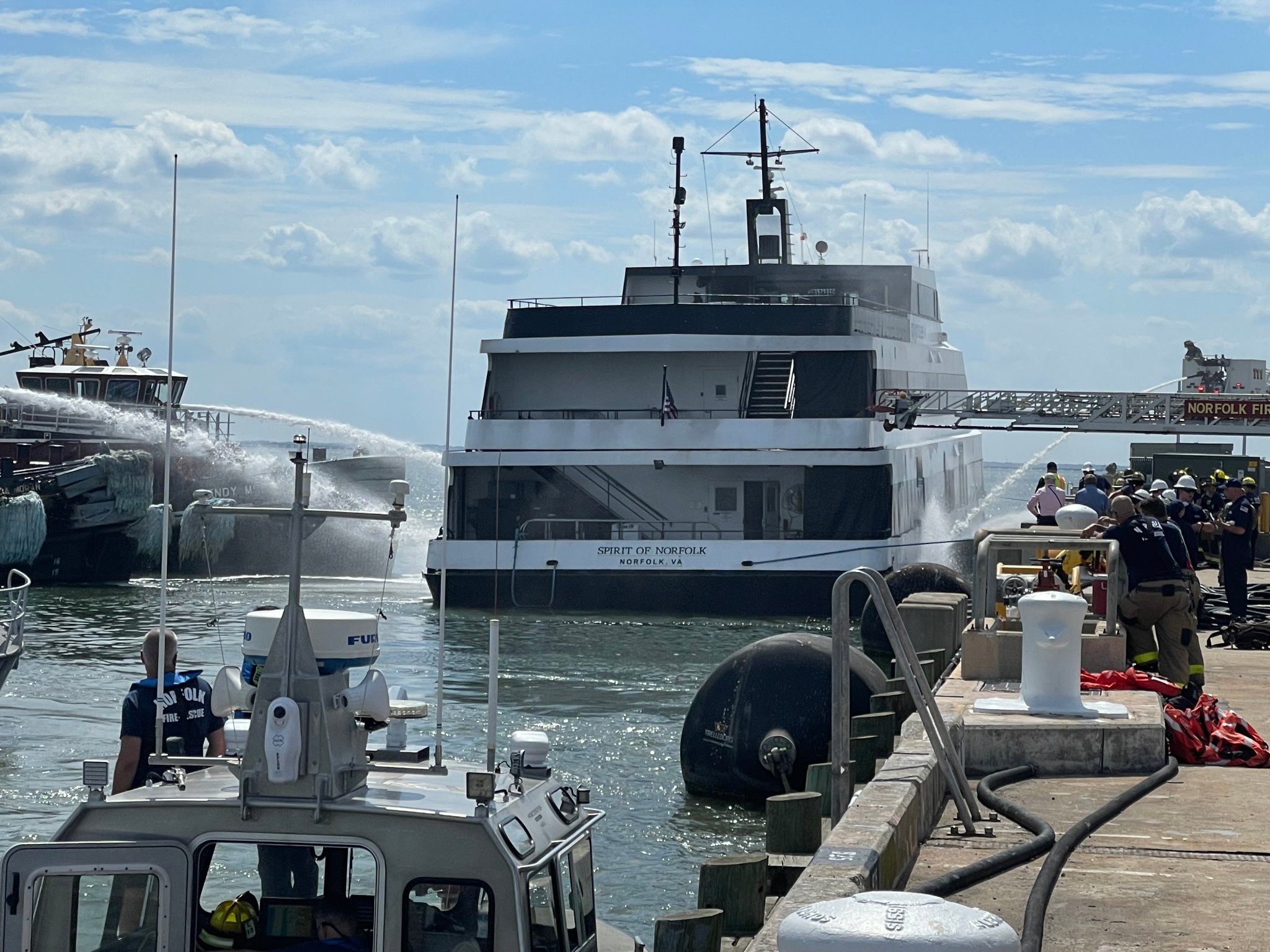LOA: 36′
LWL: 31′ 9″
Beam: 11′ 10″
Standard Draft: 6′ 10″
Displacement: 11,300 lb
Engine: 30 hp
Sail Area (100%): 699 sq ft
Local Sales & Service:
North Point Yacht Sales
410-280-2038
NorthPointYachtsales.com
When I first saw the new 36-foot J/112E at the Annapolis Sailboat Show in October, she looked like a cruising version of the popular J/111, which was launched into an eager racing market in 2010. However, a quick drop into her spacious cabin made me feel that I was in a larger boat, and it turns out, I was.
With this line of “E” designs, including the J/97E (31-feet) and J/112E (40-feet), the Johnstones have taken the modern performance elements of their newest racing designs and expanded them into swift and easy cruising platforms. The plumb bow and long waterline encourages speed and reduces pitching, while broad aft sections bring form stability and a spacious cockpit, all good things for effective racing, and it turns out, comfortable short-handed cruising as well.
The roomy two-cabin and aft-head interior comes from increased freeboard carried forward from the cabinhouse, and more beam. The high freeboard allows a bit of topside flare forward, which adds space below, over six feet of headroom, and reduced spray on deck. The high topsides provide ample space for sealed port lights below the coach-roof, which has the usual full-length acrylic windows virtually flooding the cabin with natural light to complement the walnut joinery and polished fixtures. This is not your classic old IOR race-boat dungeon. (Raise your hand if you remember those days.)
The main cabin features a forward-facing navigation station and an L-shaped galley.
The forward and aft sleeping cabins have double berths.
The fractional rig is setup for a high-aspect 105-percent working jib, a large mainsail and a retractable sprit to support an asymmetric spinnaker. It’s all you ever need.
The truth, however, is in the sailing. David Malkin from North Point Yacht Sales hadn’t had a chance to take her for a spin, so we met on the dock to test her out as a mild January cold front was darkening the horizon. With Malkin standing behind the large composite wheel helm tailing the halyard, I hoisted the main. She leaned into the light breeze nicely as I rolled out the jib for the reach out of Spa Creek. We eased into the Severn River and made a turn to run wing-and-wing into the Bay as the wind began to build. We took her through a series of jibes, which, with the non-overlapping jib, was almost too easy.
On my turn on the helm, I felt the unique sensation that comes when standing at a large wheel that lets you know you are in control of a yacht, no matter what the size. You don’t get that from sitting and steering with a tiller. That’s dinghy stuff.
The wheel is certainly a cruising accommodation in this case as it provides more cockpit space and much better visibility. It’s a cool feeling nonetheless.
The boat responded spritely to the helm with virtually no feedback from the rudder—just a solid sense of bite and control without much effort. The sail controls are all forward where they should be, except the hydraulic backstay adjustment, which is in-line on the top the transom behind the helm. In other boats, including some that I had a hand in building, I’ve found having someone crawling around behind you to tighten up the rig while you are steering to be aggravating and inefficient. And, it’s not something you want the helmsman to be futzing with while he’s supposed to be driving. I understand that a forward-mounted hydraulic cylinder is an option. I would recommend it. As hard as I tried, this is the only thing I could find anywhere on the boat to criticize.
As we turned to beat home, everything was easy to sheet in and adjust. The small jib is a one-handed, self-tailing, two-speed winch affair. The helmsman can sheet in most of the main while making the turn, and the trimmer can fine tune things after the jib is snug. The main traveler is recessed to avoid catching a toe, and the double-ended 2:1 mainsheet feeds through the cockpit sides to dedicated winches to reduce clutter.
With the front moving in and the wind piping up into the 15-knot range, she started to feel her oats. The helm developed only the slightest bit of pressure in the puffs, and she seemed to want to point. I just let her find her groove. Tacking was a piece of cake with just an arm’s length of traveler trim from the side of the helm. We went through a dozen or so tacks, switching off on the helm and jib, and found ourselves comfortably at the mouth of Spa Creek too soon.
On the way in, we covered construction details. The boat is vacuum-molded in France using the patented SCRIMP injection system, whereby vinylester resins are sucked into the cloth laminates in a closed mold. The hull is balsa cored while the decks are made with closed-cell PVC foam panels. The reasoning is the hulls have essentially no fittings where water incursion might pose future problems to the wood. Through-hull fittings are mounted in solid fiberglass laminates. Not so with the decks, where numerous fittings and fastenings pierce the skins. There is a legitimate argument that balsa bonds are a bit better than PVC foam bonds. But the PVC is certainly a better option when water incursion occurs. Smart choice, I think.
She displaces a little over 11,000 pounds—light for a cruising boat of this size, which means less sail, horsepower or muscle are needed to make her go. She draws nearly seven feet with an encapsulated cast iron fin keel and a lead bulb providing a low center of gravity. I understand there is a shoal draft option. She sails better with the deep fin keel, I’m sure.
The carbon fiber spinnaker pole retracts into a sealed tube, and thereby is not an intrusion into the living space, as it would be on a full-on race boat. The layout below and on deck features convenient handholds everywhere and even a safety harness pad-eye at the companionway for those rough transits or to keep a toddler or Labrador retriever out of the drink on a Bay cruise. The dock cleats are elegant pull-up fixtures to reduce opportunities for snagging sheets or toes. There is a standard telescoping swim ladder inside the lazarette, which also provides easy access to the steering gear. The starboard cockpit locker opens horizontally and hides nicely in the cockpit seat. It is perfectly sized and intended for a compressed life raft. The portside locker is full-length for the inevitable collection of dock lines and other accumulated gear. The engine is a 30 horsepower Volvo 30 D-1 diesel with a two-blade folding-prop Saildrive. On our test, she cruised out and back at about seven knots under power.
As much fun as our casual winter jaunt was, I would really like to race this boat knowing that it wouldn’t wear us out before the after-party. I would take the family along and plenty of snacks.
It’s all there for a suggested retail price a bit above $300,000.



